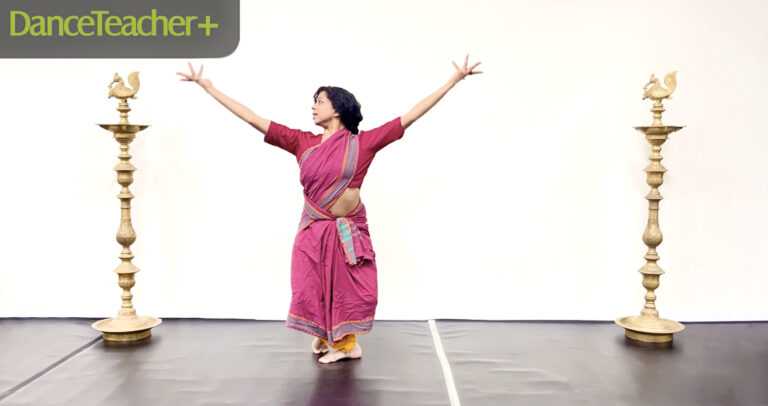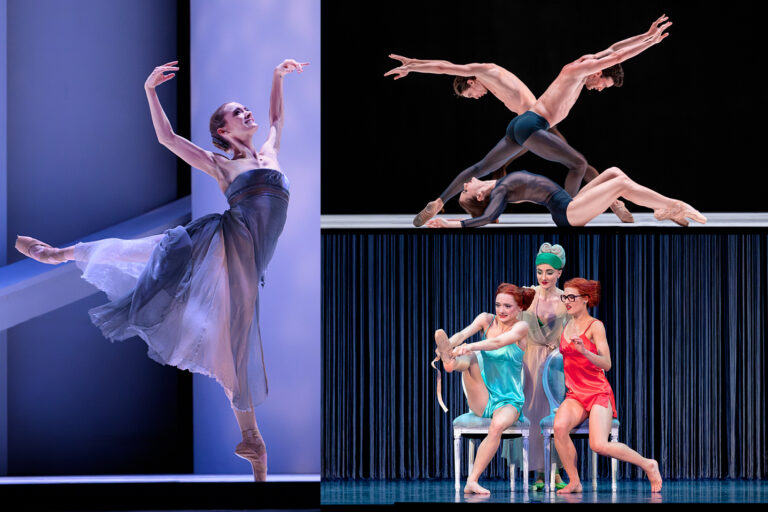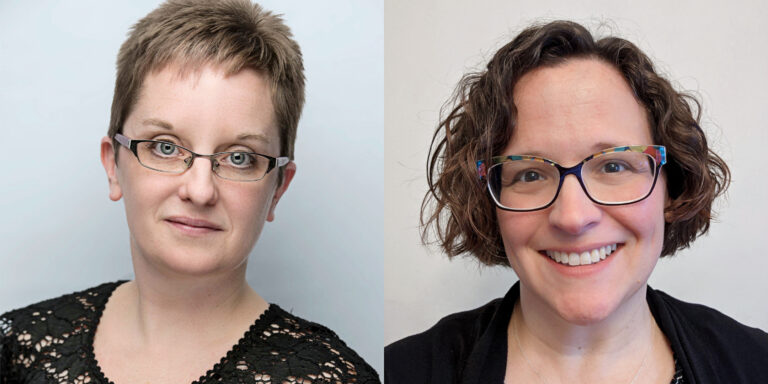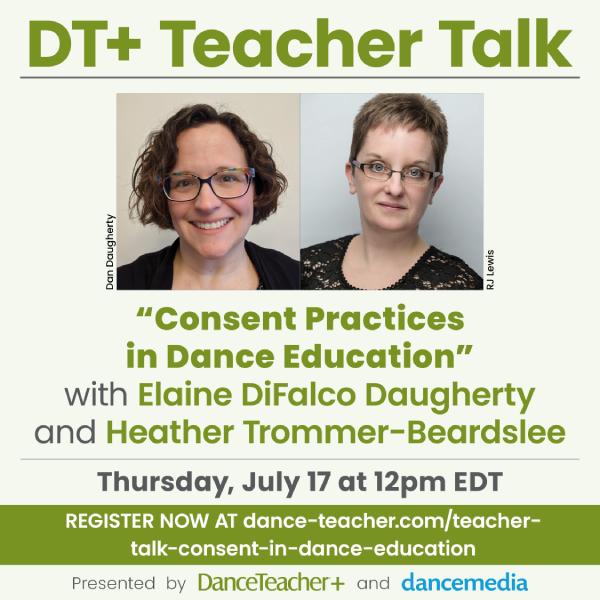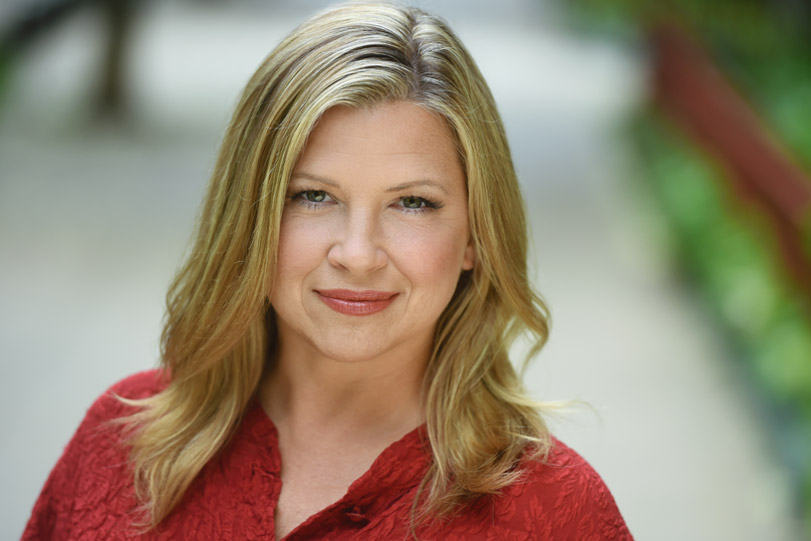
In a typical week as a clinical associate professor and director of the dance education program at New York University, Deborah Damast teaches both creative dance to 4- and 5-year-olds at Little Red School House and technique and pedagogy to full-time graduate students at NYU.
It’s a variety and synergy that suits the choreographer, dance-education advocate and recipient of a 2020 Dance Teacher Award: “I love the idea of bringing together dance education and dance performance,” she says. “I want people to know that if they’re going to be dance teachers, they still get to keep their artistry alive. You don’t have to give up one or the other.”
Dance Teacher interviewed Damast to find out more.
What do you like most about teaching at NYU?
The students I work with are from really diverse backgrounds, ages and cultures. They’re always a great group that’s really ready for critical thinking and transformation.
What is the biggest challenge you’ve experienced working with today’s generation? How do you work through these challenges?
One challenge we’re all dealing with is emotional health. There are so many factors creating high levels of anxiety, depression and burnout. To help people work through those challenges, I try to bring joy into the classes and curriculum. I acknowledge that people are going to have hard days and we can help each other through.
We’re lucky to have dance in our lives. For a lot of people who aren’t connected with their bodies, it’s got to be even harder. We can encourage students to just show up—come to class to move your body, and you’ll feel better. When you start to think of your dancing as a gift you can share with others, you as a dance teacher can help other people be more joyous and engaged.
What’s the best and worst advice you’ve ever been given as a dance educator?
The worst advice is saying that someone’s body isn’t right for dance. It’s terrible advice, but I know that it still happens in certain environments. It’s not true, and it’s inhuman to tell a young dancer that they won’t be a part of a field that they love because of the way that their body looks.
The best advice I got is from Professor Dr. Diane Duggan. She’s a dance therapist and an amazing dance educator. She always tells us teachers to look for the good in every student, especially if you have a student that you’re not really “getting” or that you find challenging. Look for what’s good in that student. That will not only help the student but also help you as a teacher.
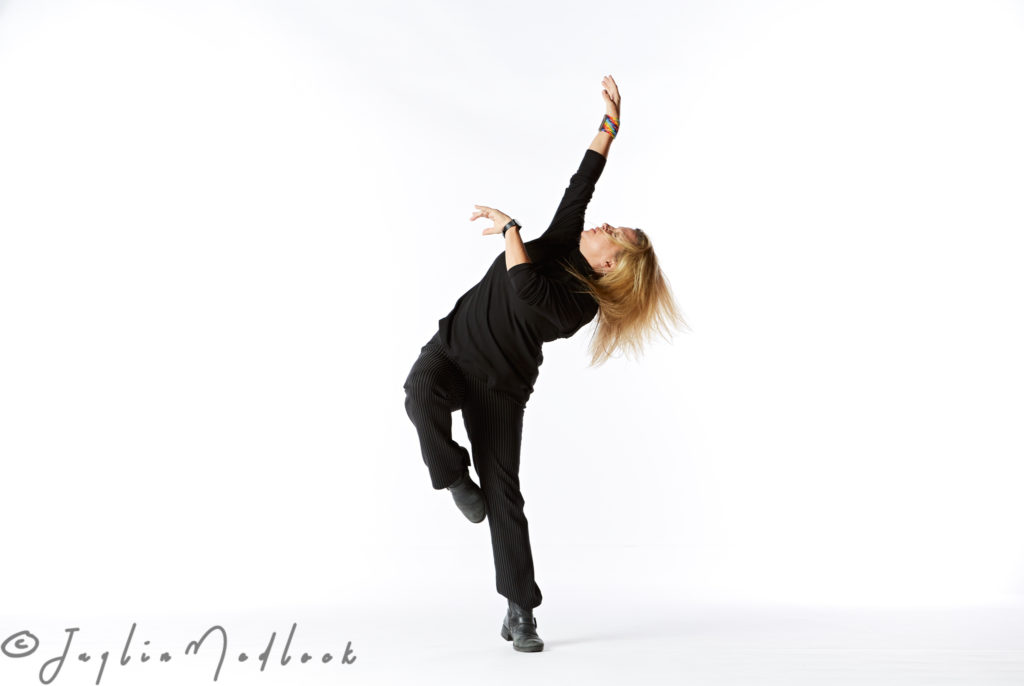
Who is your biggest role model in the dance education field?
Joan Finkelstein is just a rock star of dance education. I worked for her at 92NY when she was directing the school there, and then I worked on her dance education leadership team when she was director of dance for the New York City Department of Education. She’s inspiring, she’s fun, she’s creative. She marries the professional dance world and the world of dance education so beautifully.
What message do you have for today’s dance educators who are continually working to inspire and empower the next generation?
Be real. Stay curious. Keep learning. Because the work we do can be draining, you have to find the joy in yourself, your teaching and your students, so that the work energizes you. Teachers should also know that all our big and small choices matter, because we’re modeling how to be for the students. Who you include in your curriculum, the words you use, the music you select, the way you speak to your musician. Let your students see you interacting with others in a kind way. Let them see you struggling and learning new things. If you always look like you magically know all the answers, they really won’t learn how to navigate learning itself.
What is one “thing” that makes you and your teaching style unique?
In my modern class, after we finish with floorwork and before we stand up, instead of doing a directed stretch, I tell them to do something called a “mush-around.” It’s so nontechnical and is all about working with my musician. He plays something that starts really slow and quiet and they start with dynamic stretching on the floor. Within about three minutes, they move to a middle level and then a high level, all the while slowly exploring which stretches feel good to them. And then, when everybody is just standing calmly and still, he stops the music and we move on.
If you had to identify what’s most important about dance education in one word, phrase or sentence, what would that be?
Connection, collaboration, community.

